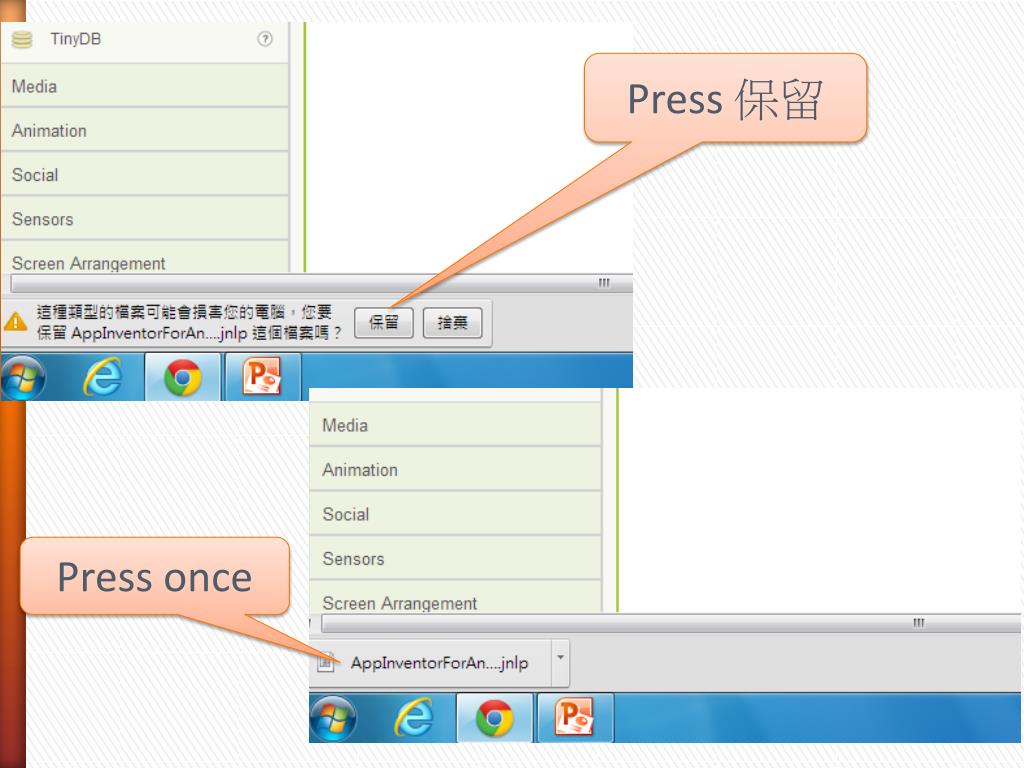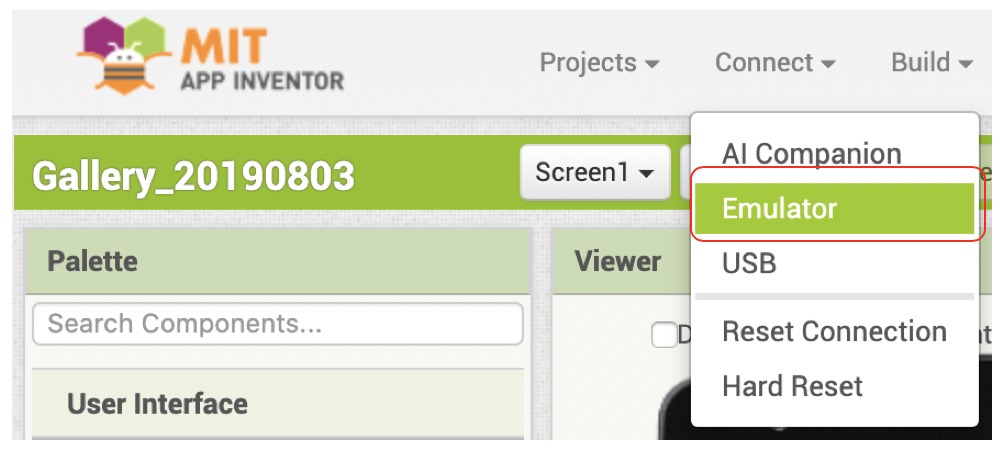

- APP INVENTOR EMULATOR FOR MAC INSTALL
- APP INVENTOR EMULATOR FOR MAC DRIVERS
- APP INVENTOR EMULATOR FOR MAC DRIVER
- APP INVENTOR EMULATOR FOR MAC SOFTWARE
- APP INVENTOR EMULATOR FOR MAC PASSWORD
In general the emulator takes a loooooooooooooooooooong time to load.
APP INVENTOR EMULATOR FOR MAC SOFTWARE
Navigate to the directory where the App Inventor Extras software was installed, locate the folder called commands-for-appinventor and run the command: It was included with the software you already downloaded as part of the App Inventor Extras Package. You don’t need to download any additional software to use the emulator. The files will be installed into /Applications/AppInventor.
APP INVENTOR EMULATOR FOR MAC PASSWORD

APP INVENTOR EMULATOR FOR MAC INSTALL
Do not change the install location - just click Install. Click on AppInventorExtras.pkg and a window should open that looks like this:.Click on the resulting file and a window should open containing AppInventorExtras.pkg.Download the installer: AppInventor_Setup_v_1.1.dmg.Note: You’ll need to have administrator privileges to do the installation.
APP INVENTOR EMULATOR FOR MAC DRIVER
APP INVENTOR EMULATOR FOR MAC DRIVERS
The App Inventor Setup package includes drivers for a few common Android devices: Install to the default location or to a location of your preference.Run the installation file and follow the instructions on screen.This is a file named AppInventor_Setup_Installer_v_X_X.exe (~92 MB). It should be installed under /usr/google/appinventor-setup. Install the files using a method appropriate to your operating system.This is a file named appinventor-setup_1.1.tar.gz (about 86 Megabytes). Download the Appinventor Setup installer tar file.Follow the instructions under the step “set up your system to detect your device” in the bullet under “If you’re developing on Ubuntu Linux”. See the Android developer instructions at Setting up a device for development. You’ll also need to configure your system to detect your device.The software will be installed under /usr/google/appinventor-setup.With either method, you might need to ensure that the deb file and also the directory it’s in are world readable and world executable, because on some systems, sudo does not have default privileges to read and execute all files. If your system doesn’t support clickable package installers, then navigate to the directory where the file is located and run the commandsudo dpkg –install appinventor-setup_1.1_all.deb.If your system can install packages simply by clicking on the package file, then do that.Typically, it will go into your Downloads folder. The place it will end up on your computer depends on how your browser is configured. This is a file named appinventor-setup_1.1_all.deb (about 86 Megabytes). Download the Appinventor Setup installer Debian package.Install App Inventor Linux (Debian Based – Ubuntu etc) You should see the two icons appear and disappear as you connect and disconnect the phone. If you don’t see both these notifications, then check to make sure that the phone settings are correct and that the USB cable is plugged in correctly. A “USB debugging connected” notification that the phone has USB debugging turned on.A “USB connected” notification that the phone is connected to the computer via USB.

You should see two new notifications appear on the phone, with icons in the status bar: Connect the cable from the phone to the computer’s USB port. Make sure your phone is not on a lock screen that is, ready to make call or run an app. Make sure both USB Debugging and Stay Awake are checked.Still on the Applications screen, tap Development.If your phone has an Unknown Sources box, it should be turned on (checked).From your phone’s home screen, select the menu, then Settings, then Applications.


 0 kommentar(er)
0 kommentar(er)
